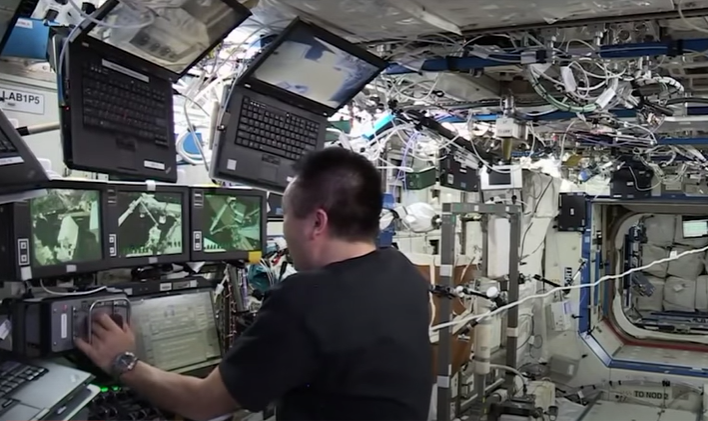
Science has developed so much for the past couple of decades, but when it comes to space missions there are challenges that still needs to be addressed, such as developing a habitat fit for humans to growing food in another planet.
However, there is another issue that NASA research project called the Center for the Utilization of Biological Engineering in Space or CUBES has been working on since 2017, and that is treating illness, according to CNN.
This issue does not have an easy answer as packing the shuttle full of medicine is impossible although it sounds like a realistic solution.
However, the loophole here is that astronauts can't know in advance how they'll get sick, when they'll get sick and how often they'll get sick, and packing that many medicine is unnecessary.
Sending people to Mars is risky due to the effects of the planet's lower gravity on bone density and muscle mass or potential exposure to cosmic radiation as astronauts leave the Earth's atmosphere.
However, packing medicines for every contingency could be costly and take up space inside the shuttle, according to Discover Magazine.
Medicine in Mars
Instead of sending astronauts into space with an expensive and finite stock of medicine, scientists have now approached the issue with a bit of adjustment. That is when the idea of manufacturing medicine in the red planet comes in.
This is one of the solutions that CUBES is attempting to develop. CUBES is doing so by using the tools and techniques of synthetic biology.
One of the divisions in CUBES, the Food and Pharmaceuticals Synthesis Division or FPSD is exploring different methods to best leverage naturally occurring organisms for pharmaceutical production.
FPSD presented a seed stock model. The seeds from a plant that has been genetically modified to produce a target molecule, which is a medicine, and are sent on the spacecraft with the astronauts.
As soon as the human colony has been established on Mars, the astronauts could then grow the plants and consume them to get the medicine they need, or extract the medicinal component, purify it and inject it just like how medicines are normally consumed.
How Agrobacterium Technique works
In order to produce medicine plants, the FPSD is using an older technique that is called agrobacterium transformation technique.
This process starts with a bacteria called Agrobacterium tumefaciens and it is used as a vehicle to deliver a DNA expression system into the genome of the plant, according to NCBI.
By delivering the DNA into the plant, scientists can induce the plant to produce a therapeutic protein. Another method involves synthesizing genes that code for the drug that an astronaut may need, or choosing from a type of DNA library, then injecting them into the plant.
The technique that CUBES introduced got people wondering if this will work on Earth too. This technology may eliminate the production of pharmaceuticals but it may be unlikely that the Agrobacterium Technique will be used as it is ill-advised from a health and safety standpoint.
However, that does not mean that CUBES' research does not have the potential to change the way that humans eat and grow things on Earth, especially since climate change is becoming worse, the global population is increasing and the natural resources are diminishing.
Related Article: Mars has a Chandler Wobble Similar to Earth, Space Probe Finds: Here's What it Means
This article is owned by Tech Times
Written by Sieeka Khan
ⓒ 2025 TECHTIMES.com All rights reserved. Do not reproduce without permission.




